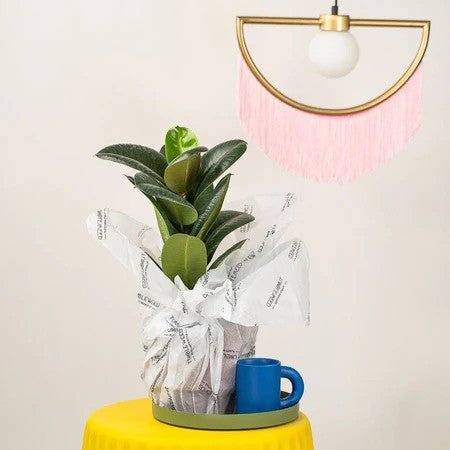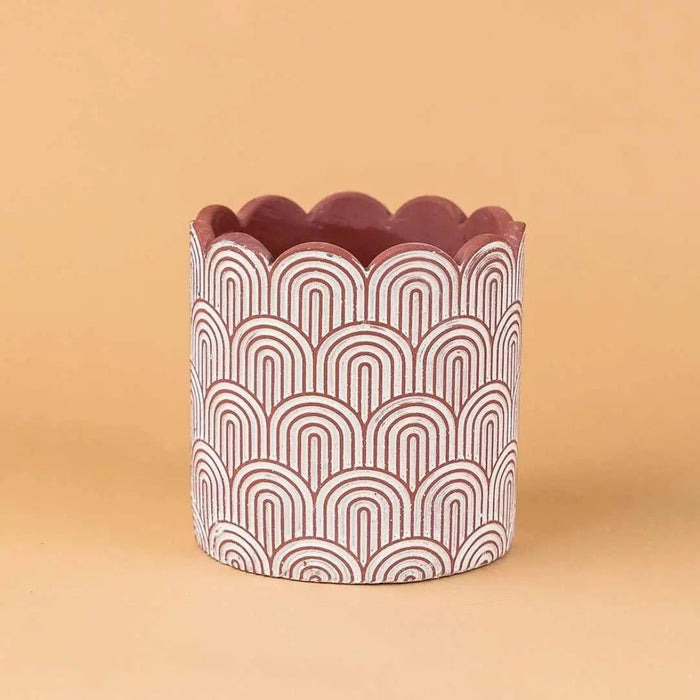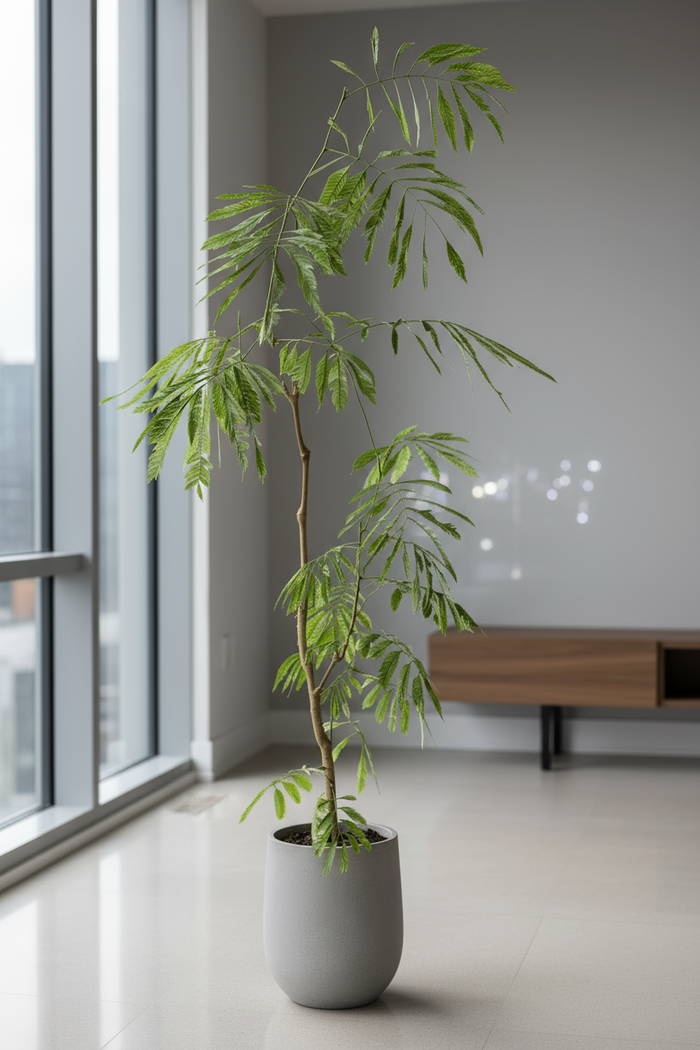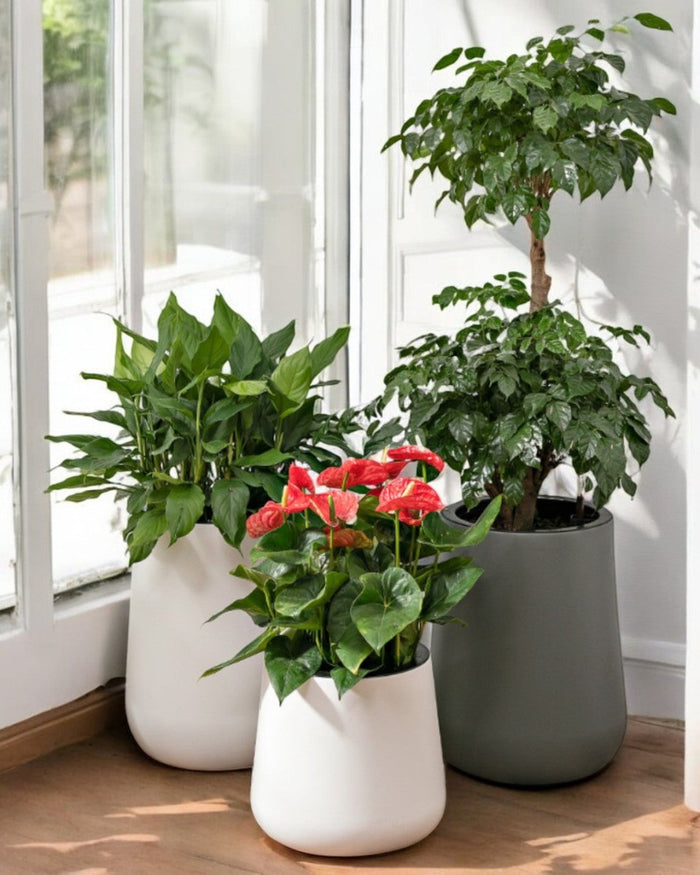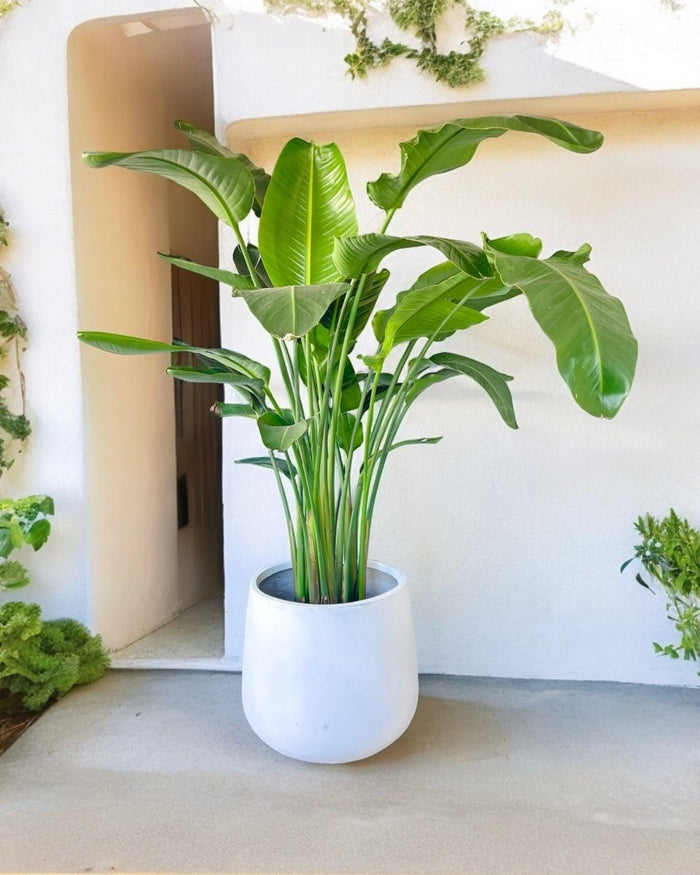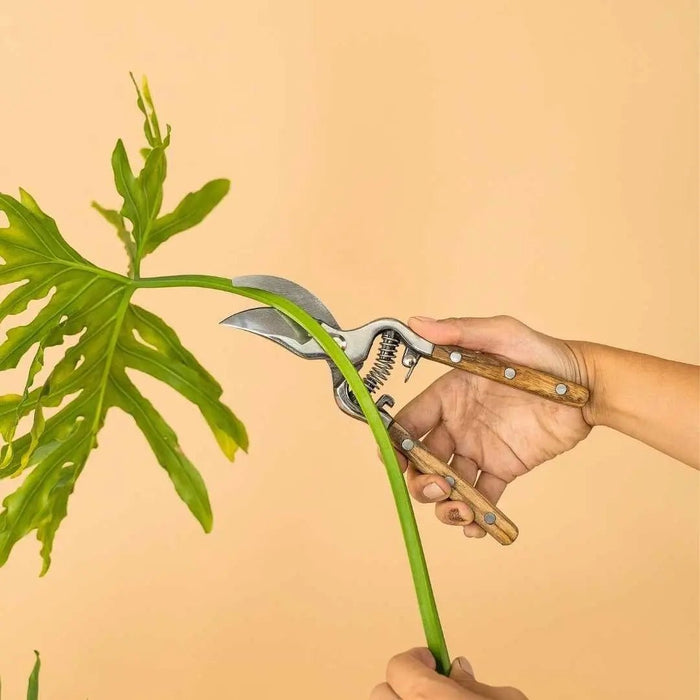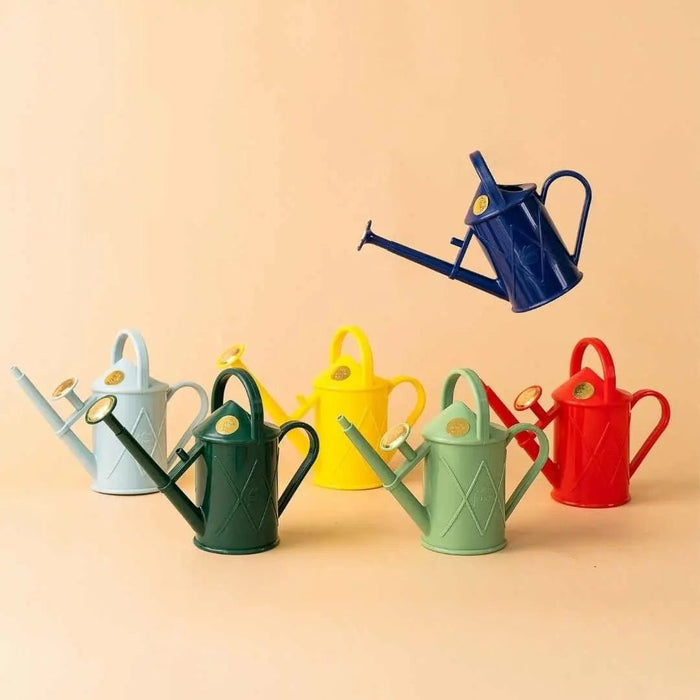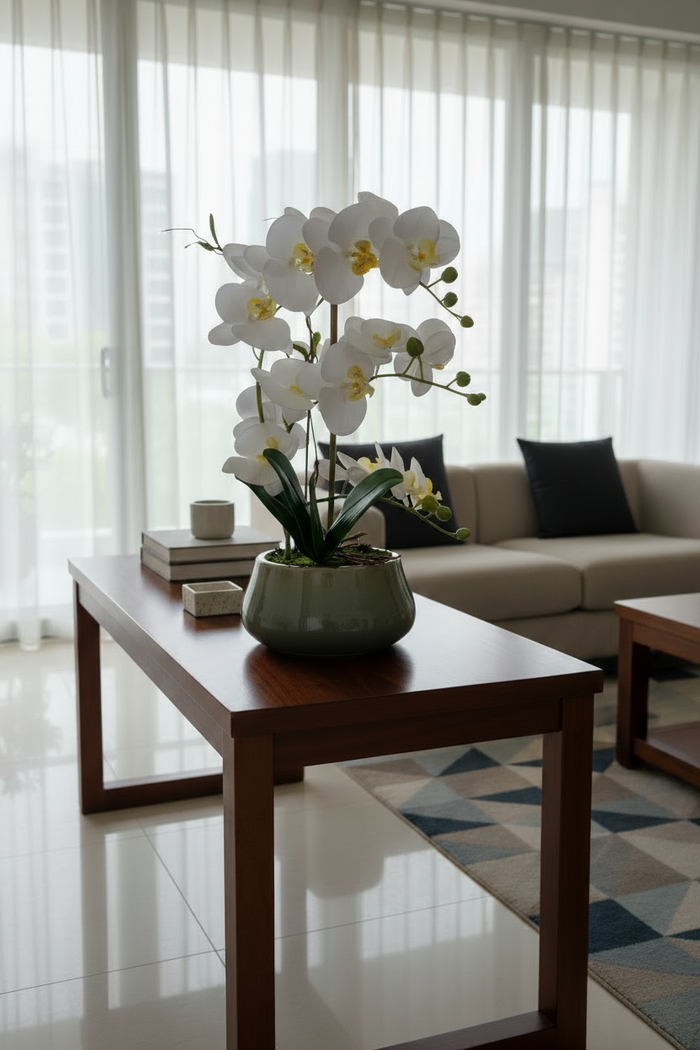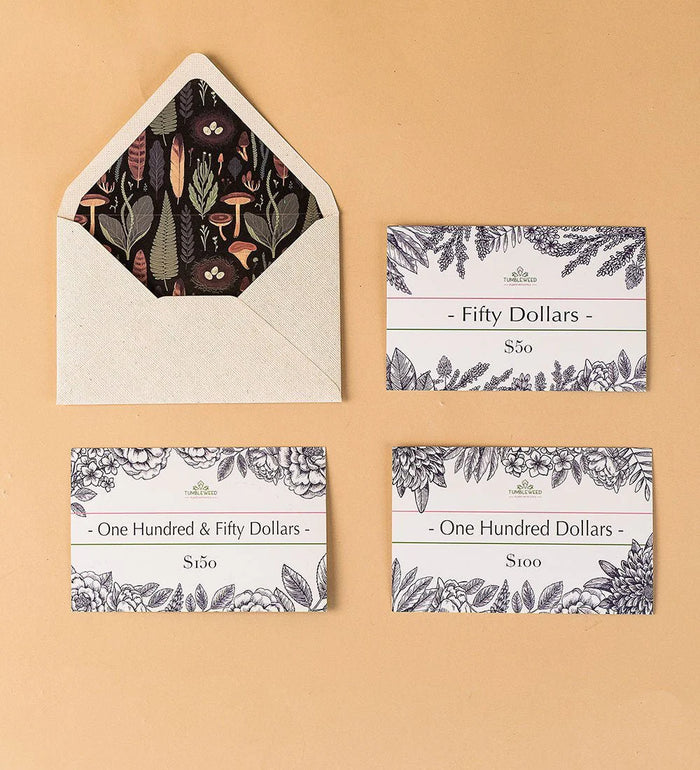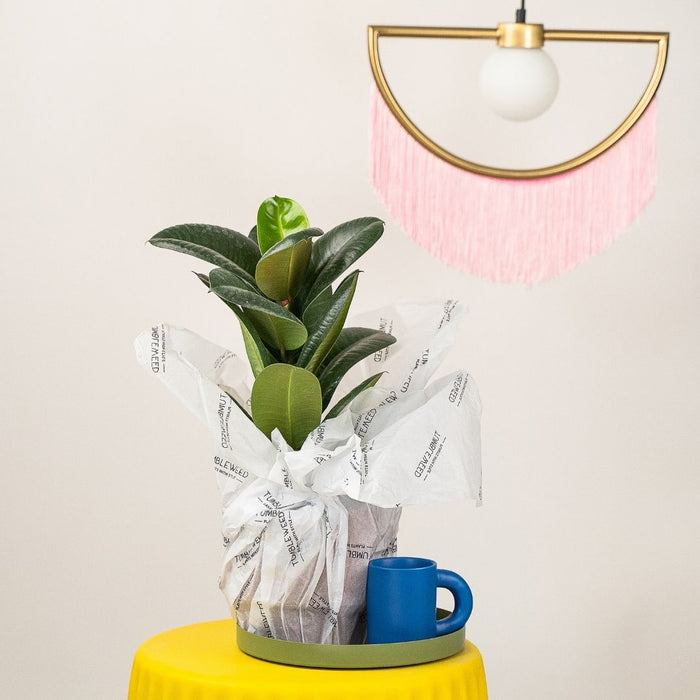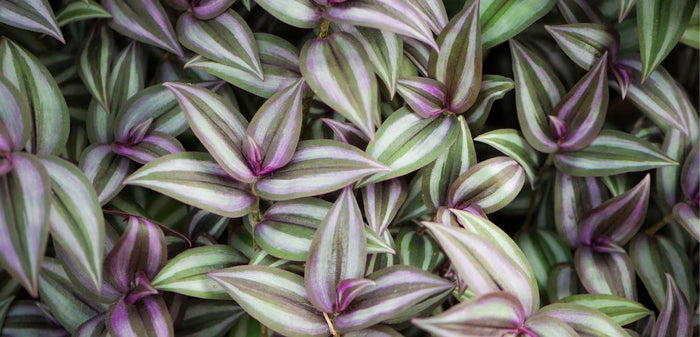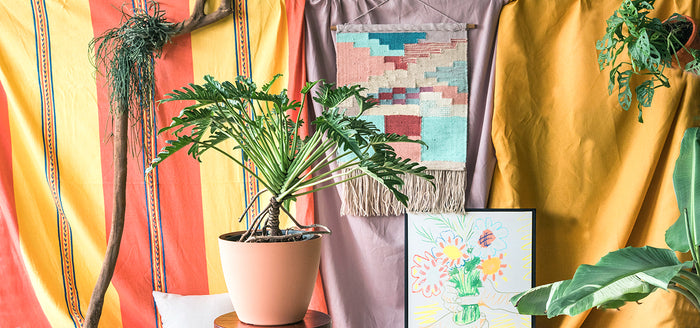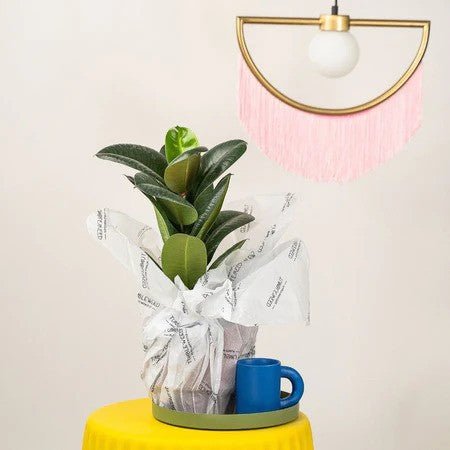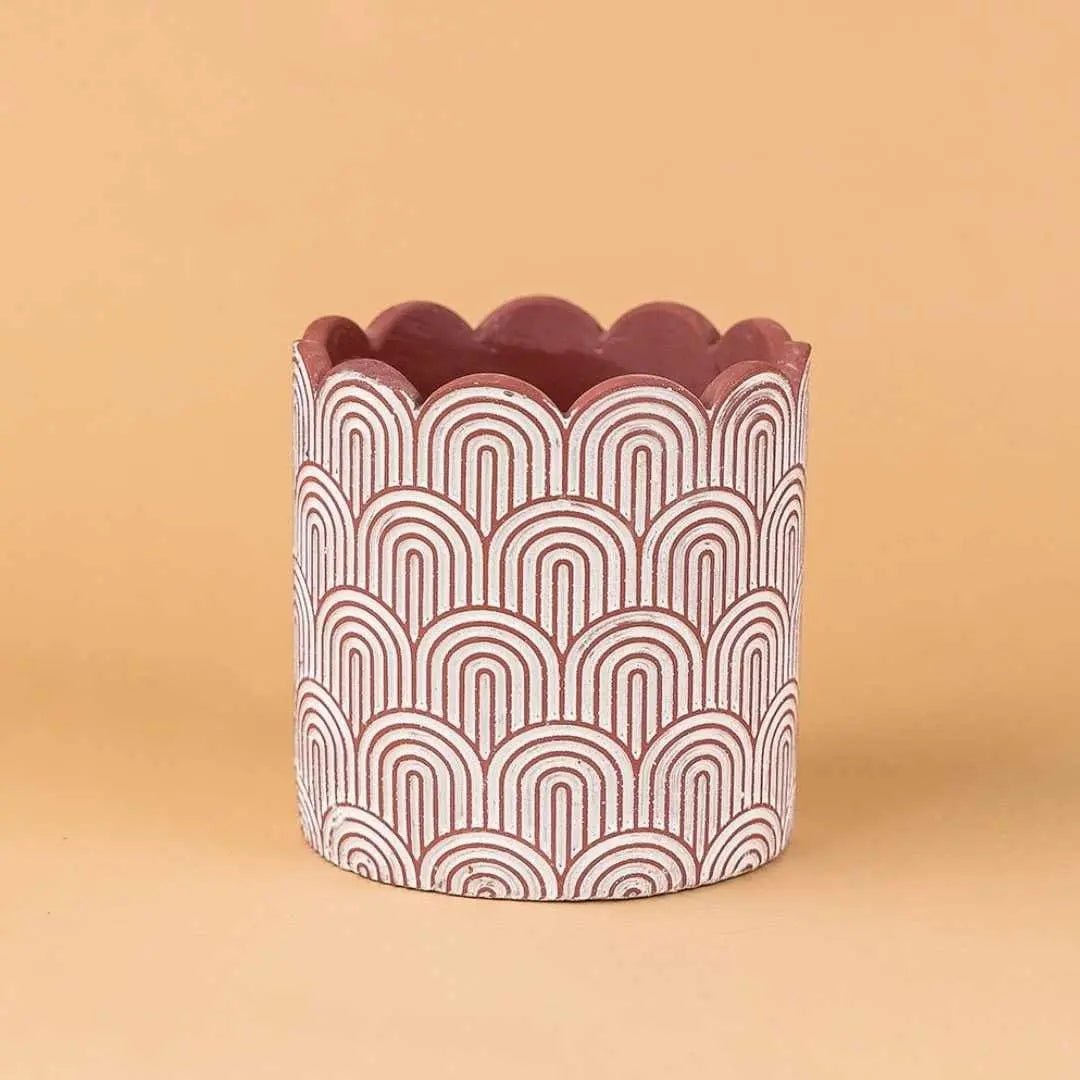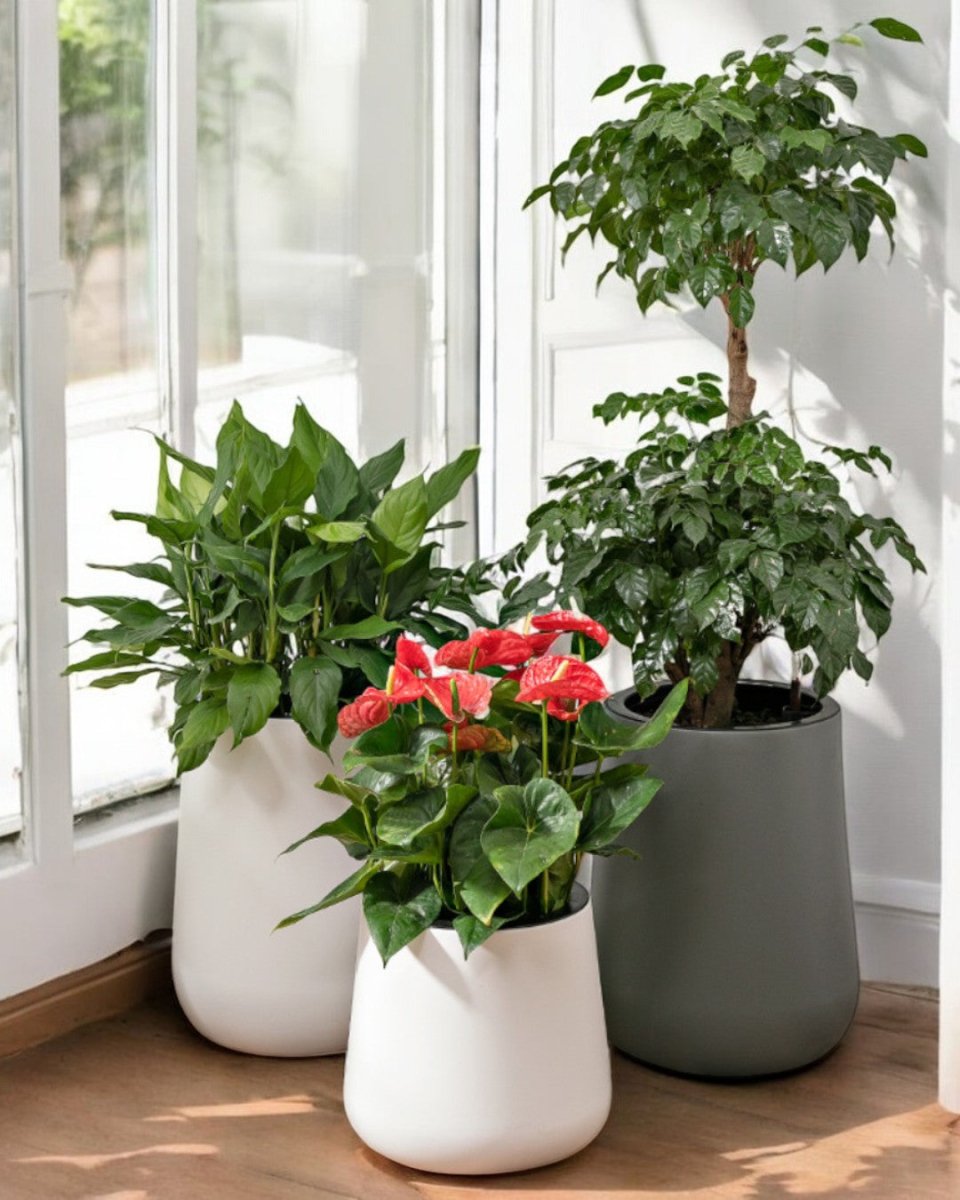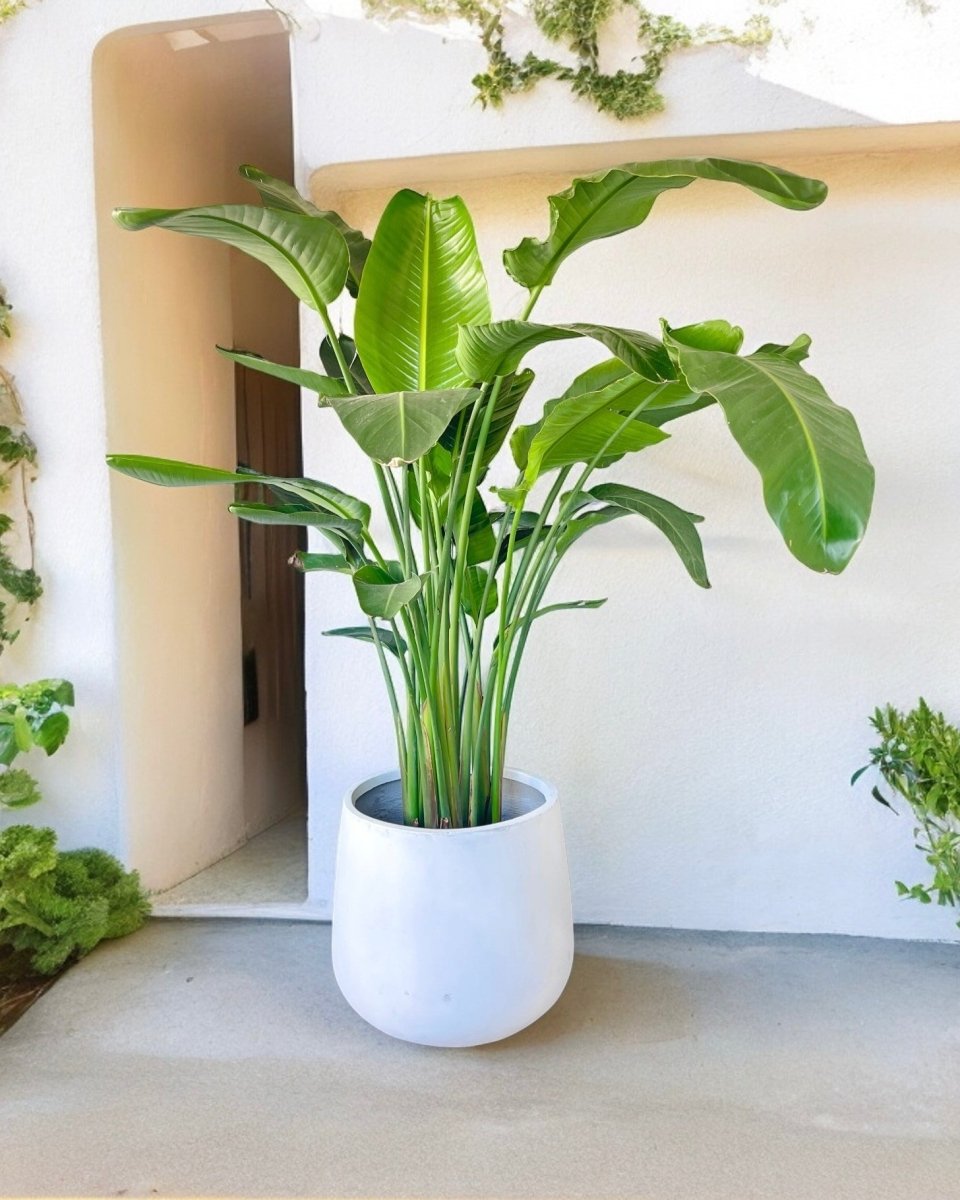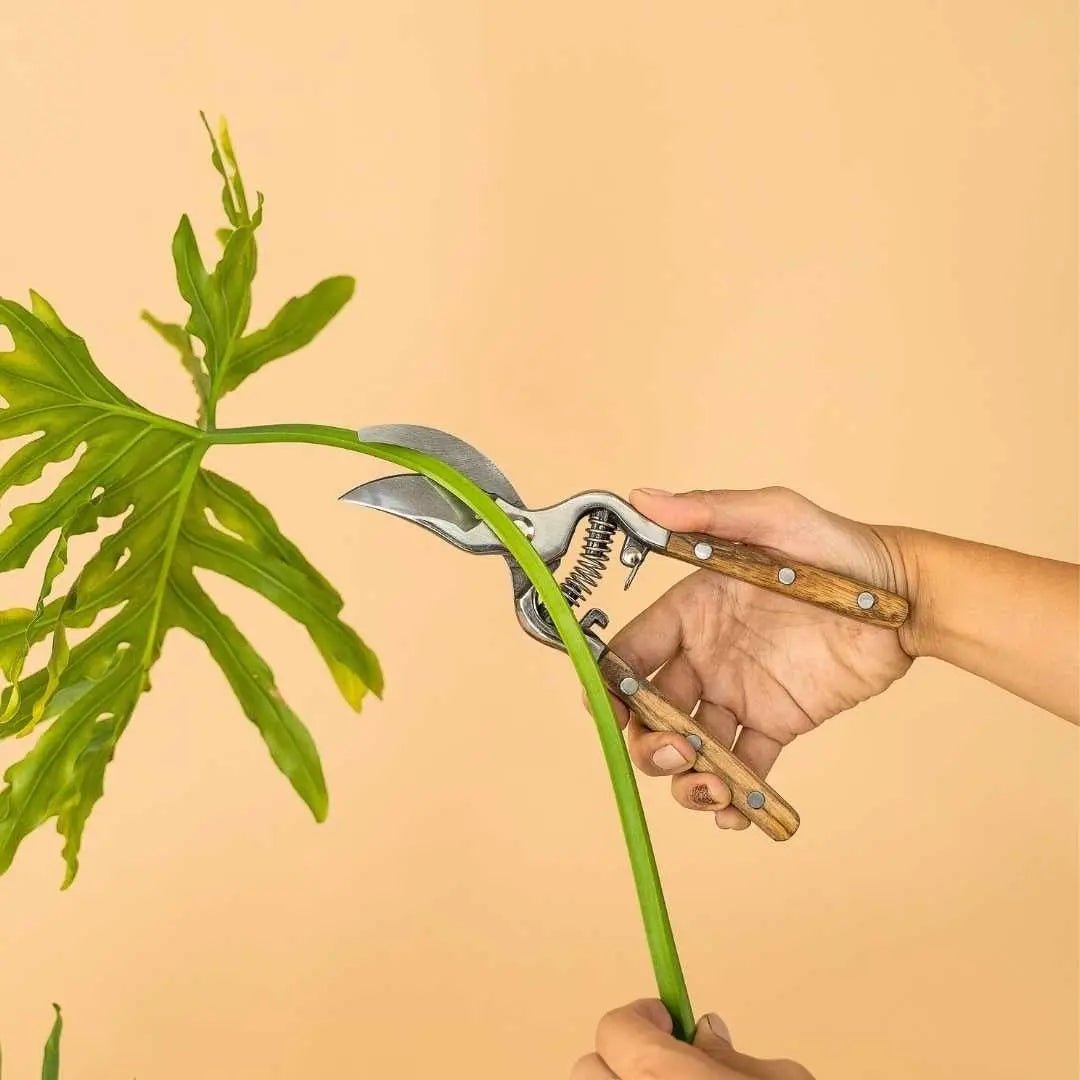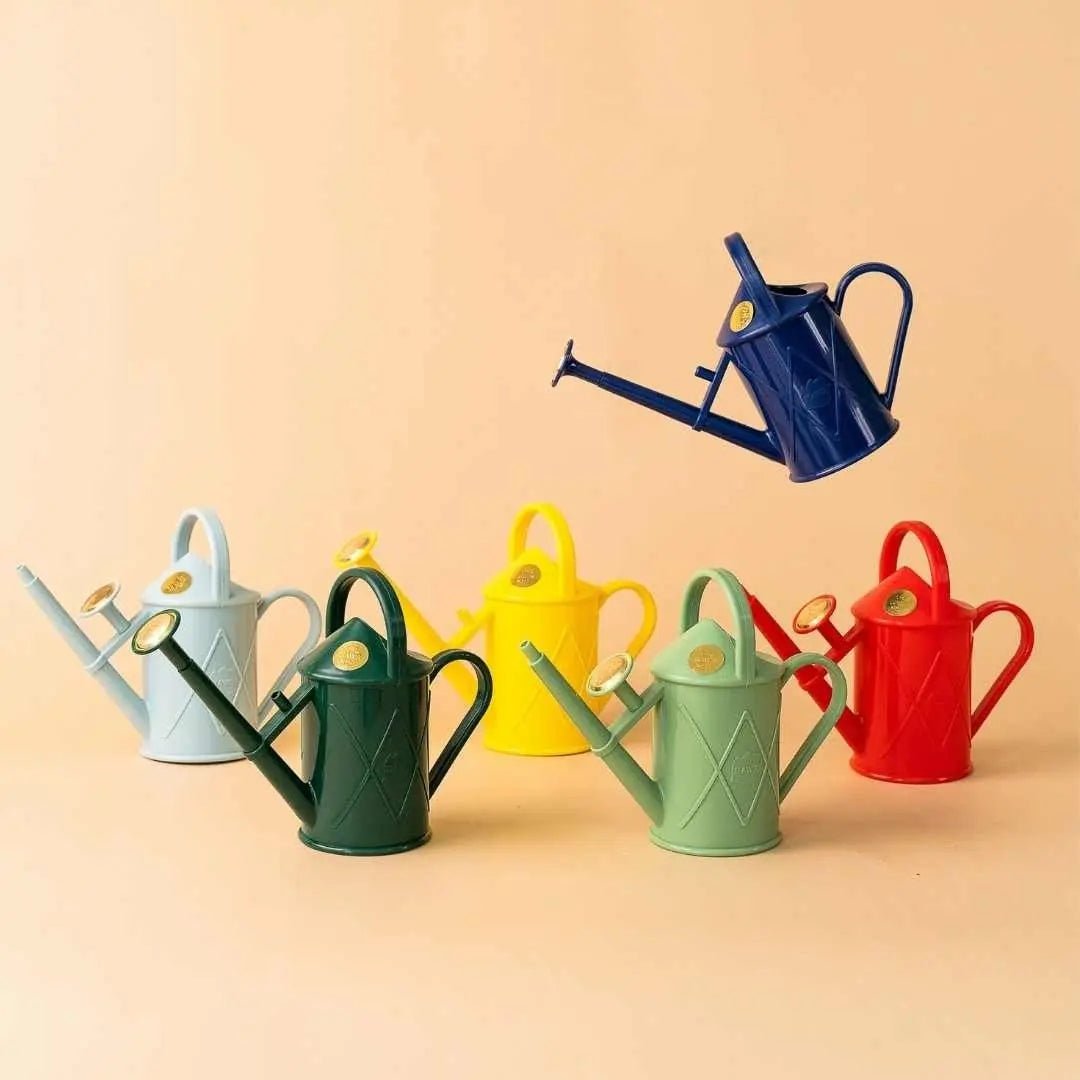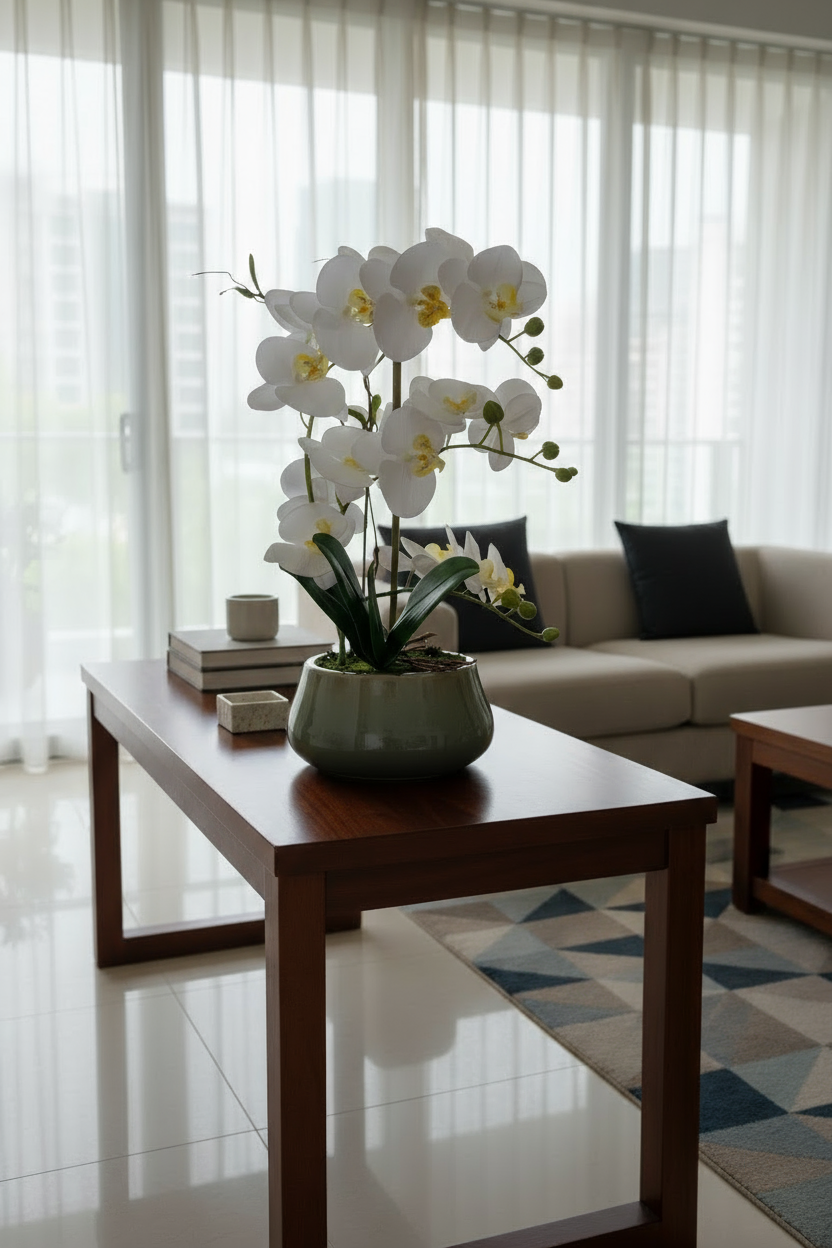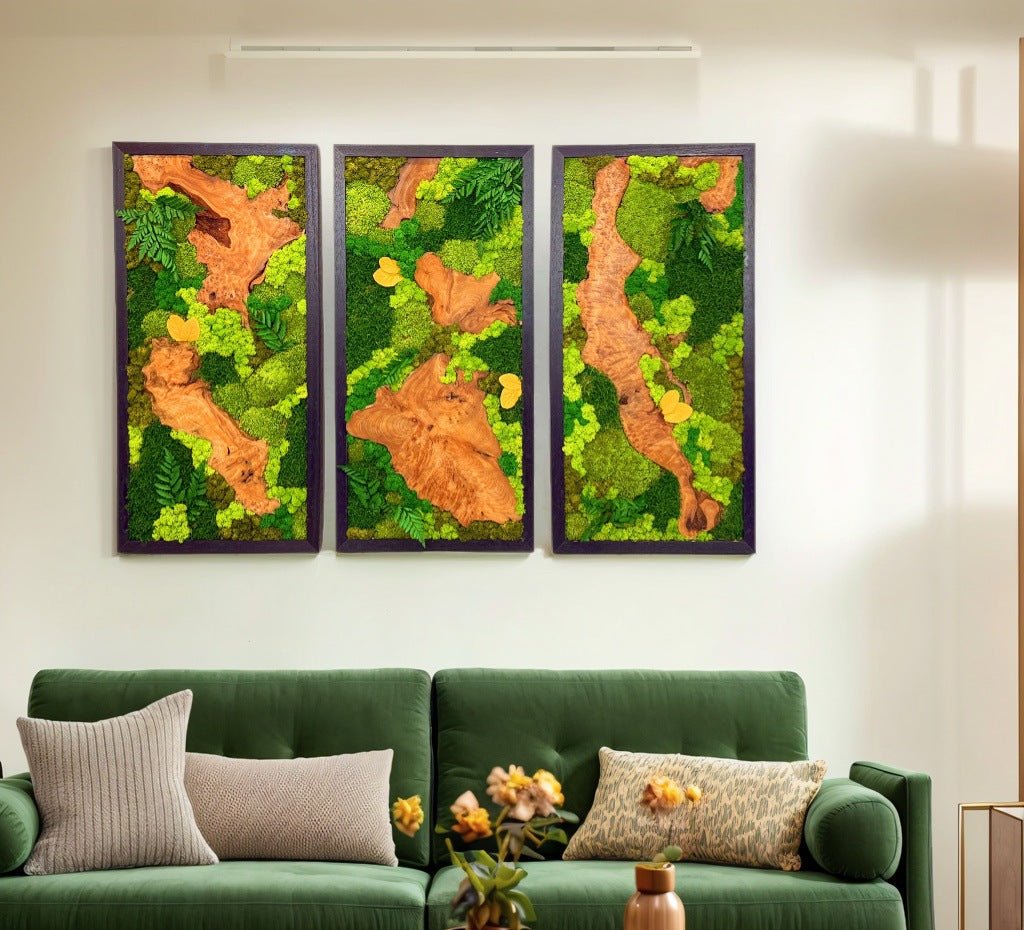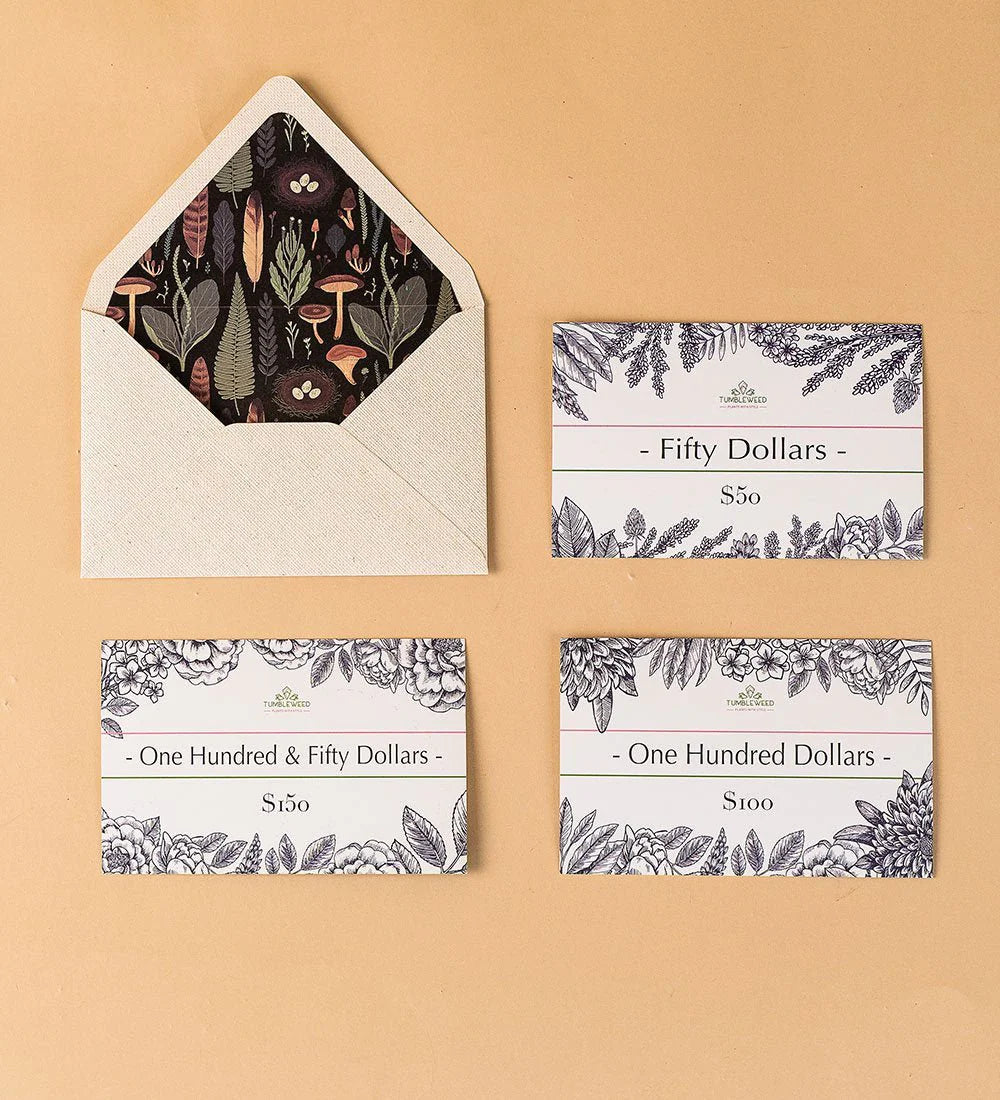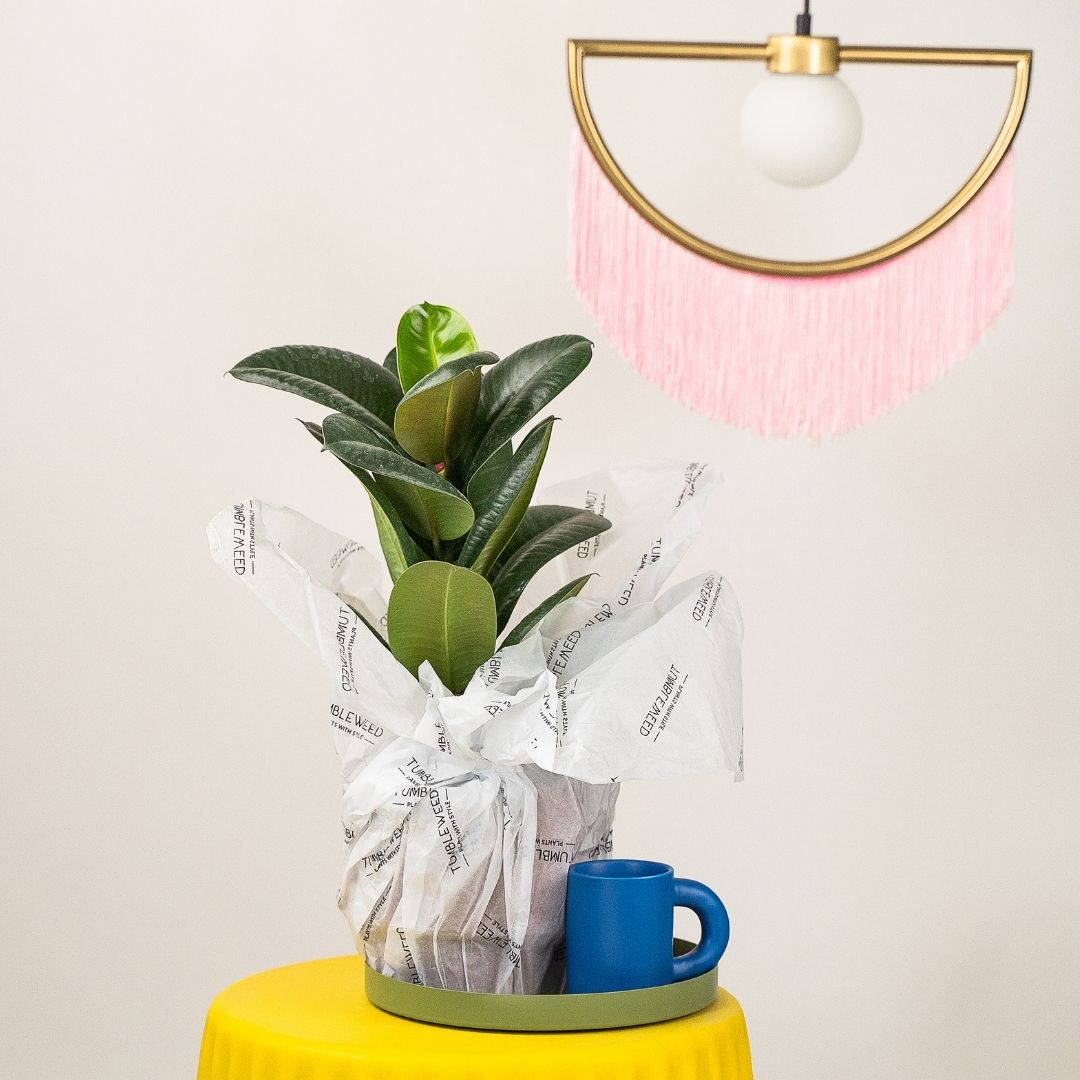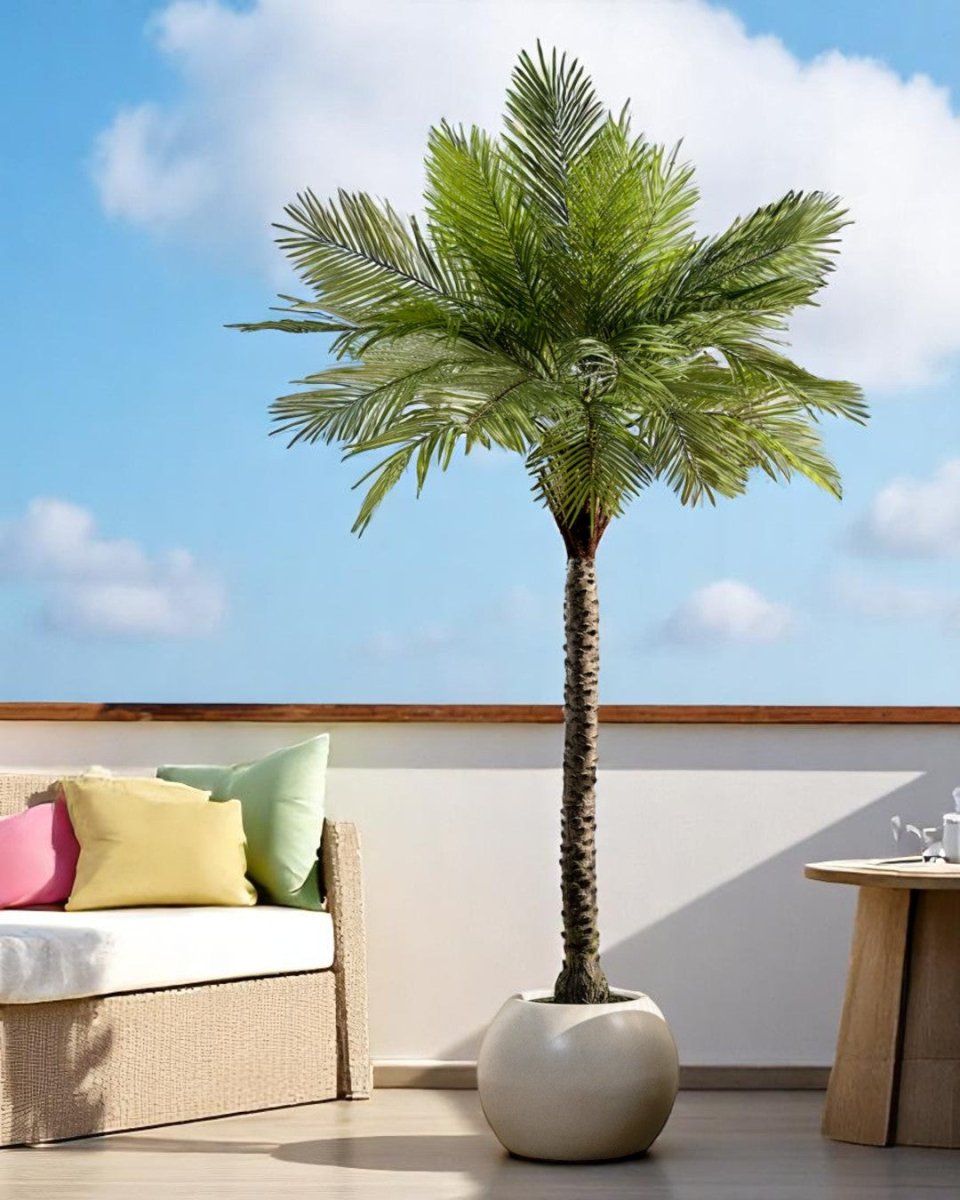The Cordyline is an often seen outdoor plant that is slowly making its way into our homes and hearts. They are widely used in common spaces due to their easy care and variety of colours and appearances.
Search plants, planters, garden accessories and more.
-
Sale
-
Plants
-
Pots
-
Care
-
Decor
-
Gifts
-
Services
-
Business
Free Delivery Above $99 | Shop Now
What's New
-
 Year End Sale: Up to 50% off→
Year End Sale: Up to 50% off→ -
 🎁 Corporate Gifts! 🎁→
🎁 Corporate Gifts! 🎁→ -
 Transform your space with our Plant Styling Services!→
Transform your space with our Plant Styling Services!→ -
 Low Light Corner?→
Low Light Corner?→ -
 Login to Earn & Redeem Points!→
Login to Earn & Redeem Points!→ -
 🎉 Making buying plants easy! 🎉→
🎉 Making buying plants easy! 🎉→
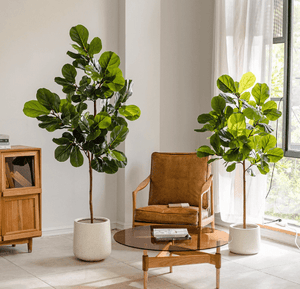
Year End Sale: Up to 50% off
Upgrade your decor now! Automatic tiered discounts mean bigger savings on plants, planters & more. Watch your progress bar fill up as you shop! Sale ends soon. 🌱
Also don't miss out on our free XL Everfresh giveaway, auto enrolled when you make a purchase with us.
Shop Plants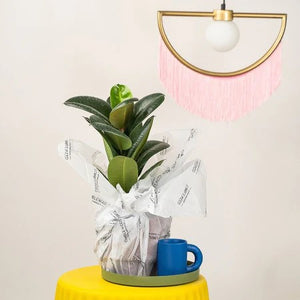
🎁 Corporate Gifts! 🎁
Planning corporate gifts for the festive season? Make a lasting impression with our premium plant gifts! Perfect for clients, partners, or employees, our curated selection of plants is both meaningful and elegant. Choose from a variety of options that fit any budget. Order now and ensure your corporate gifts are delivered in time for the celebrations.
Bulk Gifting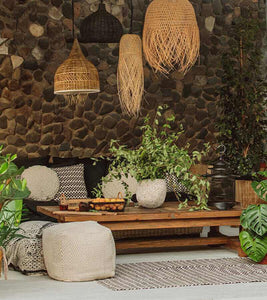
Transform your space with our Plant Styling Services!
Looking to refresh your space for the year-end festivities? Elevate your home decor with our Plant Styling service! Whether it’s a cozy corner or a grand living room, our expert tips will help you transform your space into a green oasis. Perfect for setting the holiday mood! Get inspired and start styling your space with our premium plant collections.
Start your Project
Low Light Corner?
No worries! Our Plant Lights are here to help your plants grow! Specially designed and made for houseplants.
Shop Lights
Login to Earn & Redeem Points!
Login and automatically enrol into our Rewards program, earning you points, and get exclusive deals and discount
Login Now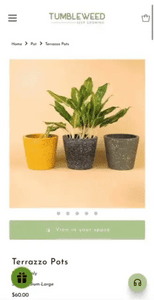
🎉 Making buying plants easy! 🎉
We have made buying plants even easier, with our customer service team, equipped to provide you with a plant recommendations. Hit us up on our chat channels to get started!
Shop NowUp to 50% off with our Year End Sale!
Free delivery above 99SGD
🎁 Free Gift Above $120
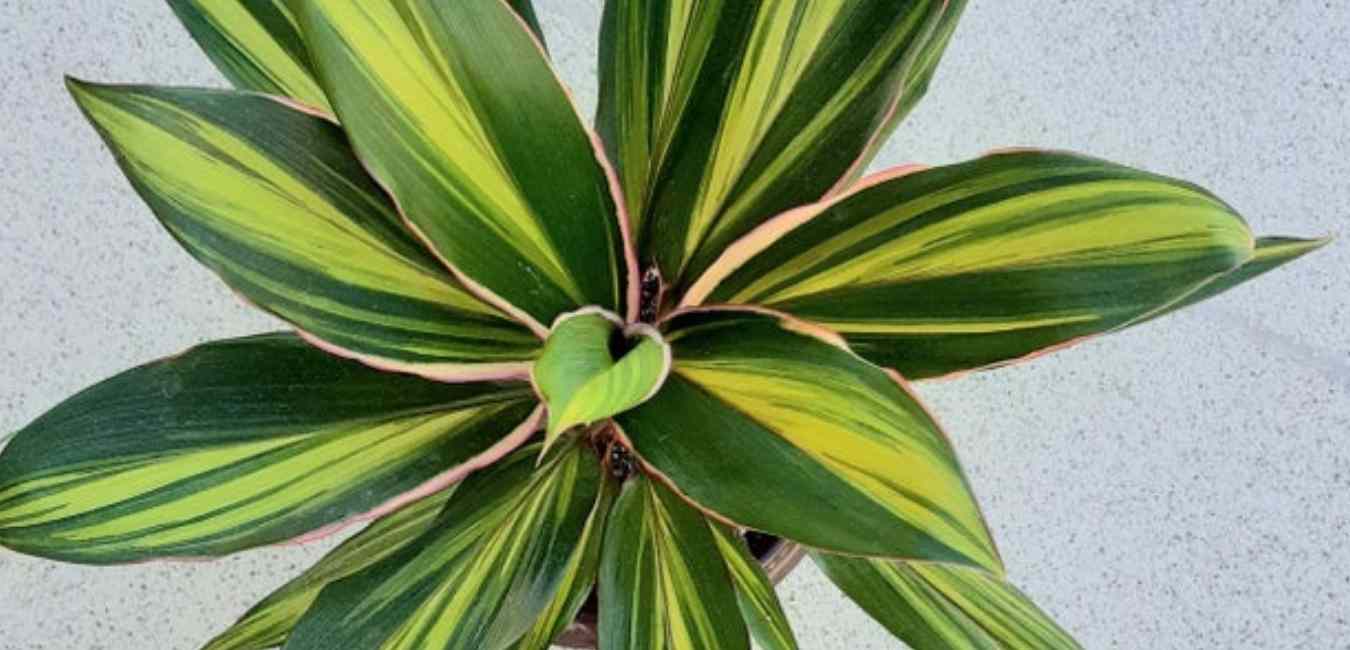
Cordyline: Information and Plant Care Guide
Varieties from our listing
Interested to buy a plant from this group?
See what we have available HERE
Below is a general care guide for Cordyline plants which can slightly differ depending on variety.
Light & Temperature
Since Cordylines are tropical plants, they thrive best in a sunny, bright-lit spot with exposure to direct sun. Make sure that there is always some exposure to sun for cordylines to maintain their vibrant colours.
Cordylines prefers warm temperatures, so choose an area for them away from air vents and drafts.
Watering, Humidity & Misting
Cordylines enjoy consistently moist soil, however, make sure that the soil is damp but not soggy. Water your Cordyline thoroughly when top inch of soil is dry, usually once or twice a week.
Being a tropical rainforest plant, Cordylines appreciate high humidity. To boost humidity, mist the plant frequently, or you can also set up a tray with water and pebbles or a humidifier.
Soil and Repotting
Cordylines prefer rich, well-draining soil that still retains some moisture.
Cordylines tend toward legginess, so to keep the plant in a manageable size and looking good, be sure to trim back the stems with staggered patterns. Repotting can be done once every 2-3 years when the plant is out-growing its pot.
Propagation
Propagating Cordylines is typically done through stem cuttings. Cut 3-5 inch pieces of mature stems and remove all the leaves. Place the stem cuttings in sand and provide a warm environment. Shoots will start growing from the eye of the stems and can be potted in fresh soil after it has 4 or more leaves.
Fertiliser
Use a balanced fertiliser formulated for houseplants. Follow directions on the label of plant food.
Toxicity
Cordylines are toxic if ingested and should be kept out of the reach of children and pets. The ingestion of the plant is considered extremely toxic for pets.
Possible Issues
Under the right care and conditions, your plant will grow happy and healthy. But here are some issues you may encounter while caring for a Cordyline:
Scale, mealybugs and spider mites - When spotted, wipe the leaves with a soft cloth or warm, soapy water.
Browning leaves/brown leaf edges - This is usually caused by underwatering or the environment being too dry. Cordylines generally take in quite a bit of water so regular watering is a must and and frequent misting will greatly help.
Only browning tips - This can be caused by a myriad of reasons: underwatering, low humidity, chemical burn from fertiliser, root rot or a combination of these.
Leaf/Stem spots with slimy leaves and black roots -This is a sign of bacterial infection which may be hard to treat, so the best course of action is to discard it.
- Regular Price
- $26.00
- Sale Price
- $26.00
- Regular Price
- $32.00
- Unit Price
- /per
- Regular Price
- $16.00
- Sale Price
- $16.00
- Regular Price
- $28.00
- Unit Price
- /per
- Regular Price
- $28.00
- Sale Price
- $28.00
- Regular Price
- Unit Price
- /per
TumbleweedPlants.com
Live Chat 💬
Whatsapp:+65 80561106
getintouch@tumbleweedplants.com
514 Chai Chee Lane (Office & Warehouse)
-Strictly not open to walk-in
Company
Helpful Links
Join Our Community
Join 40,000+ plant lovers and get care tips & inspiration.
About
TumbleweedPlants.com is an independent plants retail brand, established in Singapore in 2016. We make stylish indoor plants easy and accessible to all with great looking houseplant varieties, the biggest selection of planters and indoor plant care essentials delivered to your door.
Shop with confidence from the Best Plant Home Decor Online Store Today!

